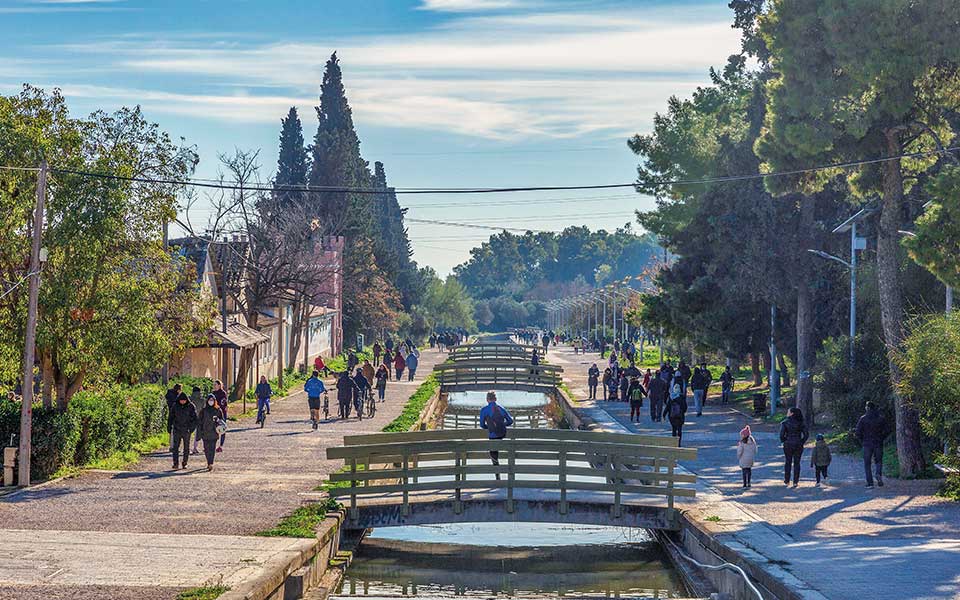“Do you know how to use binoculars?” asks Nikos Promponas of Birding in Greece. “Don’t worry. See that eucalyptus over there? Look directly below it and focus on the rock at the water’s edge. You will see a black bird. It is a cormorant.”
“I see it! I see it!” I exclaim, full of excitement. I am almost convinced this is going to be an easy assignment. However, everything has its challenges. In the early morning light the golden color of the reeds camouflages the rocks. Your eyes need to adjust to make out the details.
Twenty minutes earlier Nikos and I had met at the entrance to “Antonis Tritsis” Environmental Awareness Park on Filis street – the main entrance being on Dimokratias Avenue.
The park is located between the municipalities of Ilion and Aghioi Anargyroi, and Kamatero, and is part of a 250-hectare site. The area was acquired during the reign of King Otto, the first king of Greece, and was originally intended to serve as a model farming center.
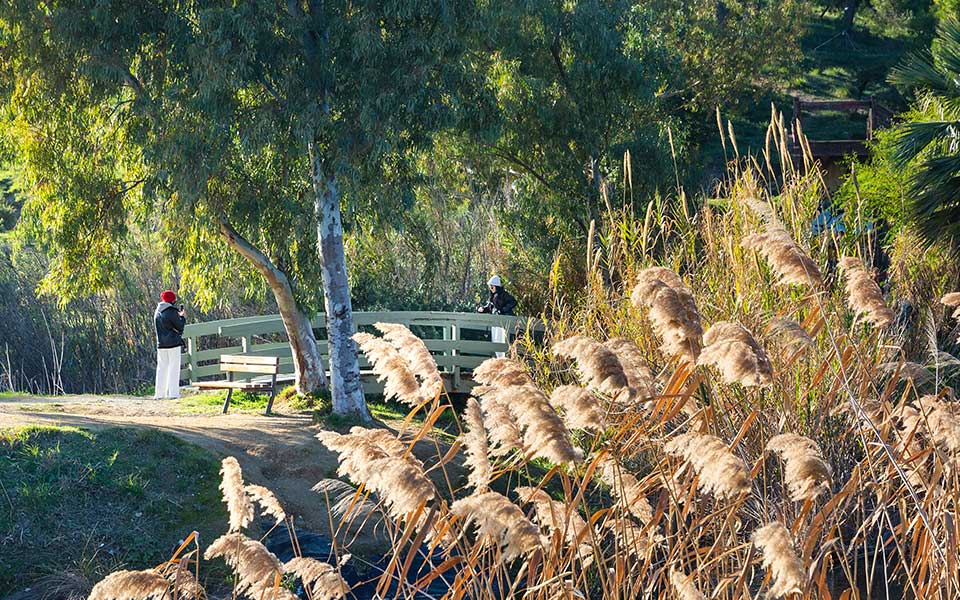
© Perikles Merakos
Nikos Promponas, a member of the Hellenic Ornithological Society, has been a birdwatcher for more than 40 years. He happily agreed to introduce me to his pastime, dispelling all of my misplaced preconceptions – that we would be standing for long periods motionless and silent, and it would be boring.
One of the most experienced birdwatchers in Greece, Nikos organizes visits to important bird habitats around the country, trips focused on particular bird species, bird photography expeditions, and other activities. He knows how to cater to other birdwatchers. “We help people gather experiences and have a pleasant time,” he says.
Starting on our own observation walk, he suggests a short 1-km walk in the park, rather than the longer 3-km route, to give me a chance to hear and see the birds without getting tired. You need to learn how to listen to the birds. Experienced observers listen not only for their calls, but also the flutter of their wings, their flight-ways and other recognizable habits to identify them.
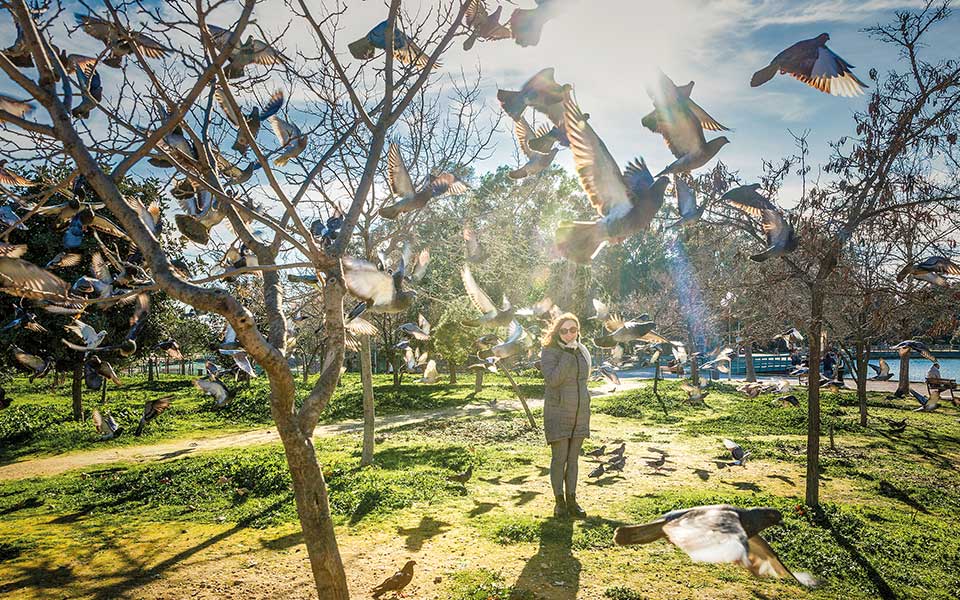
© Perikles Merakos
In the big lake we spot cormorants, coots, moorhens, and about a dozen domestic ducks.
When the decision was taken in 1987 to create a modern park, water, which was fast becoming rare in the region of Attica, was considered essential. Three artificial lakes were created in spots that had previously been natural ponds and seasonal streams. These soon filled with reeds, frogs and toads, and waterfowl.
The longer route takes you through the pine forest, which is dominated by Aleppo pine. In summertime, here you will see hoopoes.
Instead, we turn left at the “Centre of the Earth” educational center and walk along the side of the canal to reach the big lake. After that, we visit the orchards of pistachio, olive and almond trees where I managed to spot a tiny green feathered ball of a bird – a chiffchaff.
All the trees, shrubs and open expanses in the park are equally important for the birds, one of the last remaining wildlife refuges in Athens.
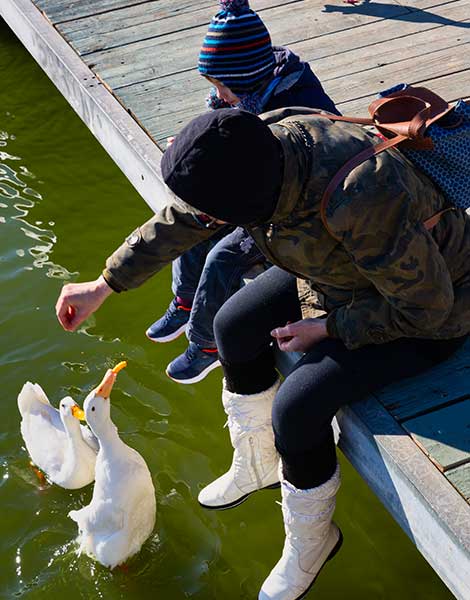
© Perikles Merakos
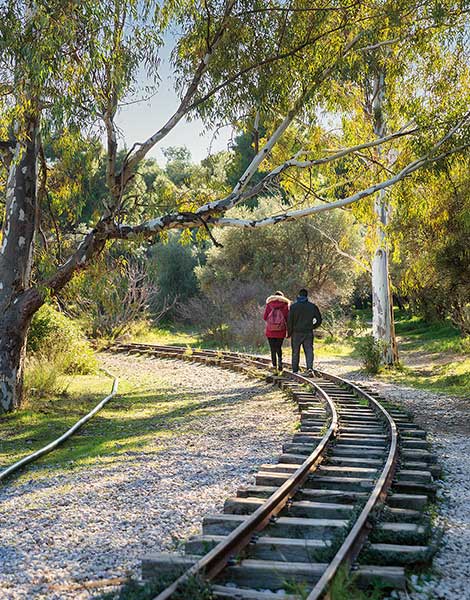
© Perikles Merakos
The members of the Hellenic Ornithological Society who have been observing the birds in the park for a quarter of a century have recorded 198 different varieties, out of the 456 that exist in the whole country. Among them are rare species which migrate to Greece for the winter or use it as a stopping-off point on their migratory routes, including the glossy ibis, the Eurasian bittern and the purple heron.
The waterfowl population that reproduces in the park has been steadily growing over the years. At the same time, birds that are normally rare in the urban environment, such as grey herons and the Eurasian tree sparrow, are relatively easy to spot there.
At the small lake, we pause as Nikos points out a beautiful kingfisher on the opposite shore. As we sit on the park bench, I wonder how much the noise of the city affects the birds. Nikos explains that the birds have adapted, and that the park offers them some protection. The biggest proof of this are the noisy green parrots that can be seen everywhere!
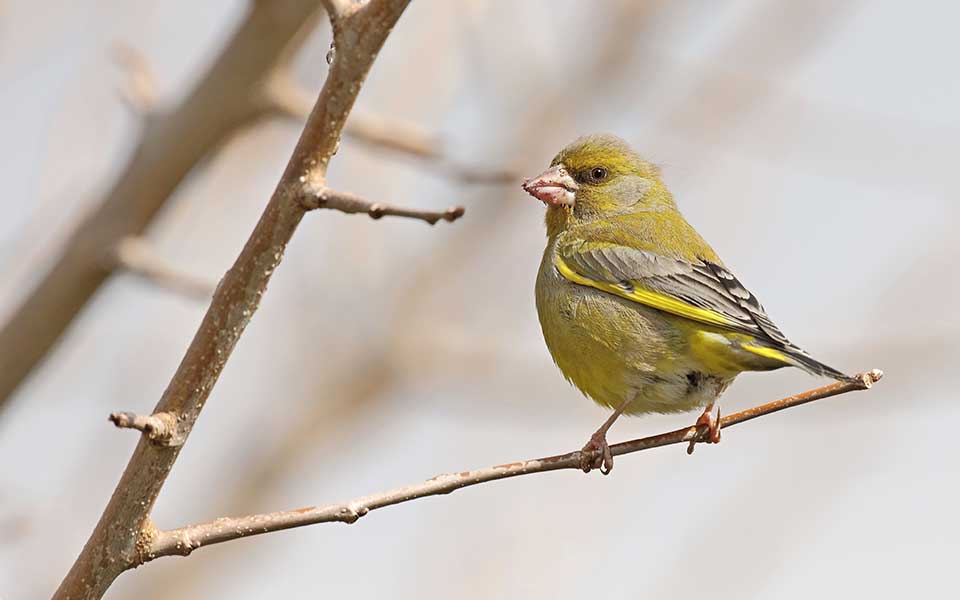
© Perikles Merakos
On the footpaths of the a model farming center
During the Ottoman era, the land in the area of the park belonged to a large çiftlik (Ottoman estate), which, after liberation passed into the hands of wealthy families. Between 1848 and 1861, the Greek royal family acquired it through a series of agreements, ending up with a 250-hectare estate, with the intention of creating a model farming center.
The land was planted with thousands of fruit trees and olive trees, 3,700 mulberry trees, 18 hectares of vineyards, and rare imported decorative plants. In 1857, on the instructions of Queen Amalia, a seventh artificial hill was added to the six natural ones in the area, and the estate was named “Eptalofos” (Seven Hills), after Constantinople.
After 1870, the land passed back into private ownership, with owners including banker Simon Sinas, businessman Georgios Pachys and mining industrialist Giovanni Baptista Serpieri.
Today, the aim of the park is to create environmental awareness. The Hellenic Ornithological Society organises environmental education programmes in partnership with the park authority, giving children the opportunity to get to know the birds and understand life in the various habitats.
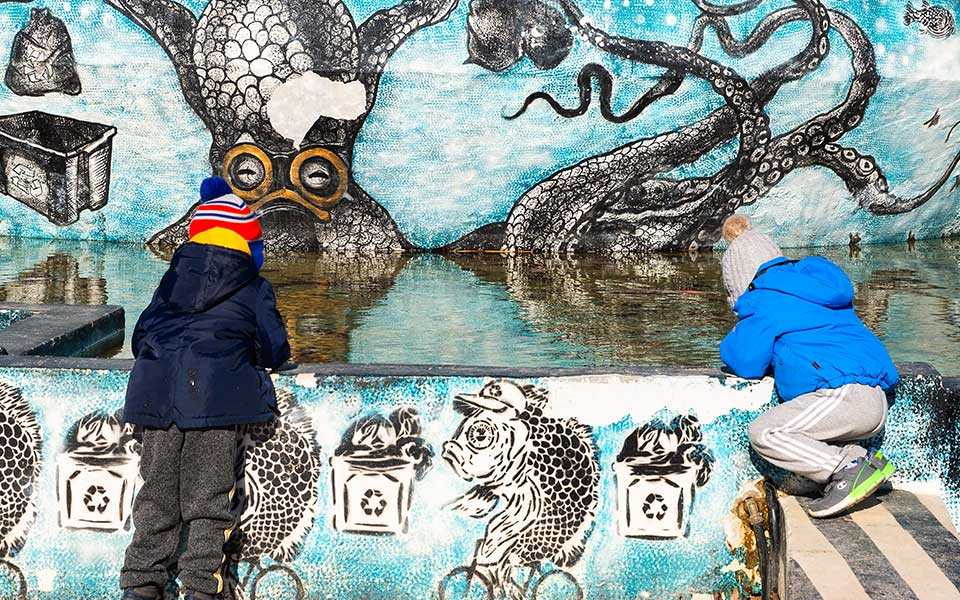
© Perikles Merakos
Specially created nature trails – the “lake trail,” the “forest trail” and the “farm trail” – are designed to present the key aspects of each of the park’s habitats and offer information on the wildlife in the orchards and farmland.
The Ornithological Society also organises events at different times of the year to observe birds during the migration season (October and February-March), events such as the “Festival of the Birds” in the autumn, “Swallow Song” in spring and “Environment Day” in the summer, as well as birdwatching days year-round, guided by experienced ornithologists with all the necessary equipment provided (binoculars, telescopes, maps).
This article was first published in Greek on www.kathimerini.gr

